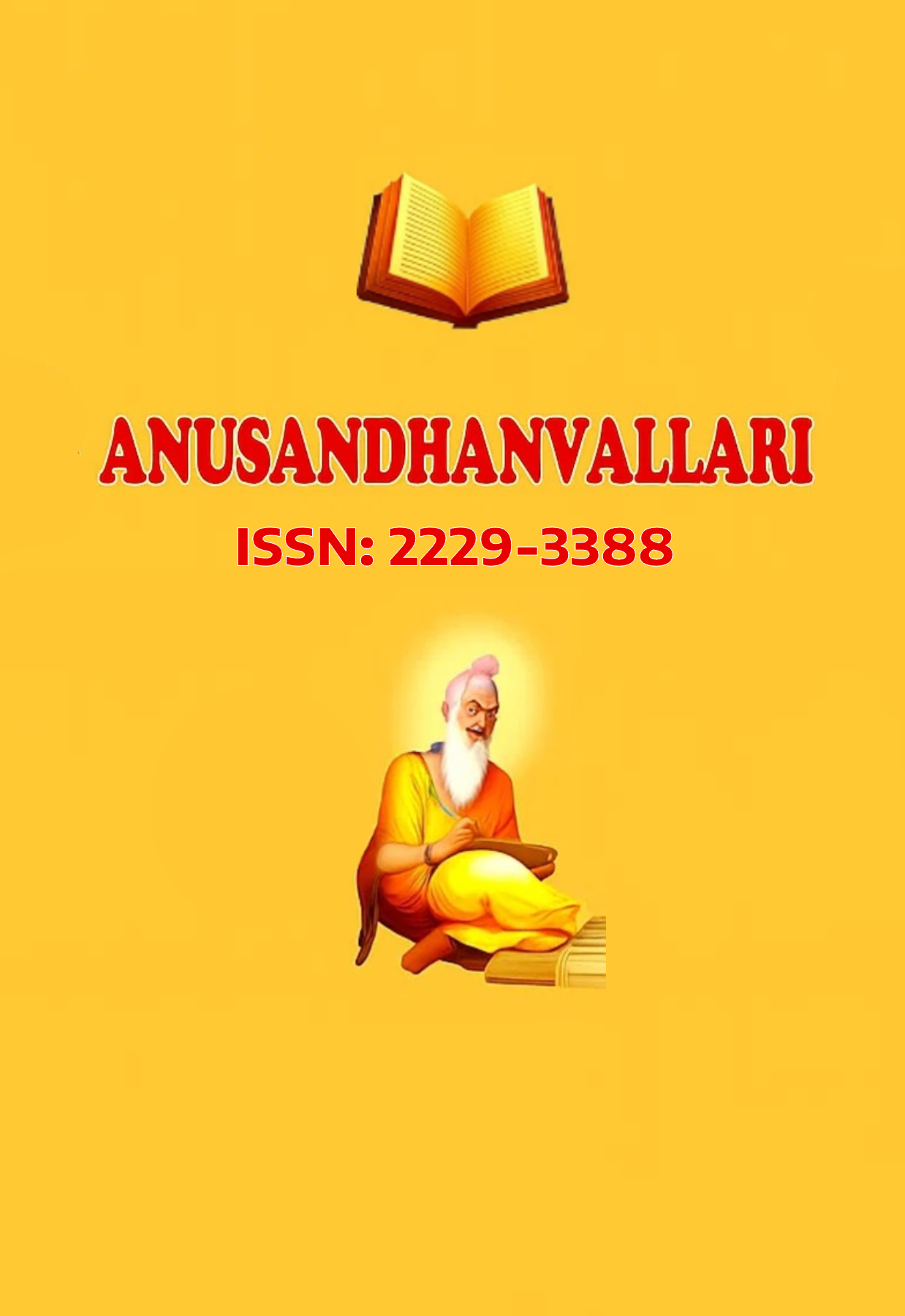Bhabani’s He Who Rides A Tiger: Caste System and Problems of Poor People
Main Article Content
Abstract
This paper analyzes Bhabani Bhattacharya's novel He Who Rides a Tiger (1954) as a critique of India's caste system and its impact on the poor. Set during the 1943 Bengal famine, the novel explores themes of social injustice and the struggle for dignity through its protagonist, Kalo. The paper examines the central metaphor of riding a tiger, representing the trap of caste identity. It highlights Bhattacharya's unflinching portrayal of poverty and caste prejudice, drawing on literary critics' interpretations. The analysis covers the psychological toll of the caste system, the novel's direct prose style, and its relevance to contemporary Indian society. While the paper provides a comprehensive overview of the novel's themes and critical reception, it could benefit from a more rigorous examination of Bhattacharya's literary techniques and a comparative analysis with other works addressing similar themes.

